38 Cars You Can Count On To Let You Down Every Time
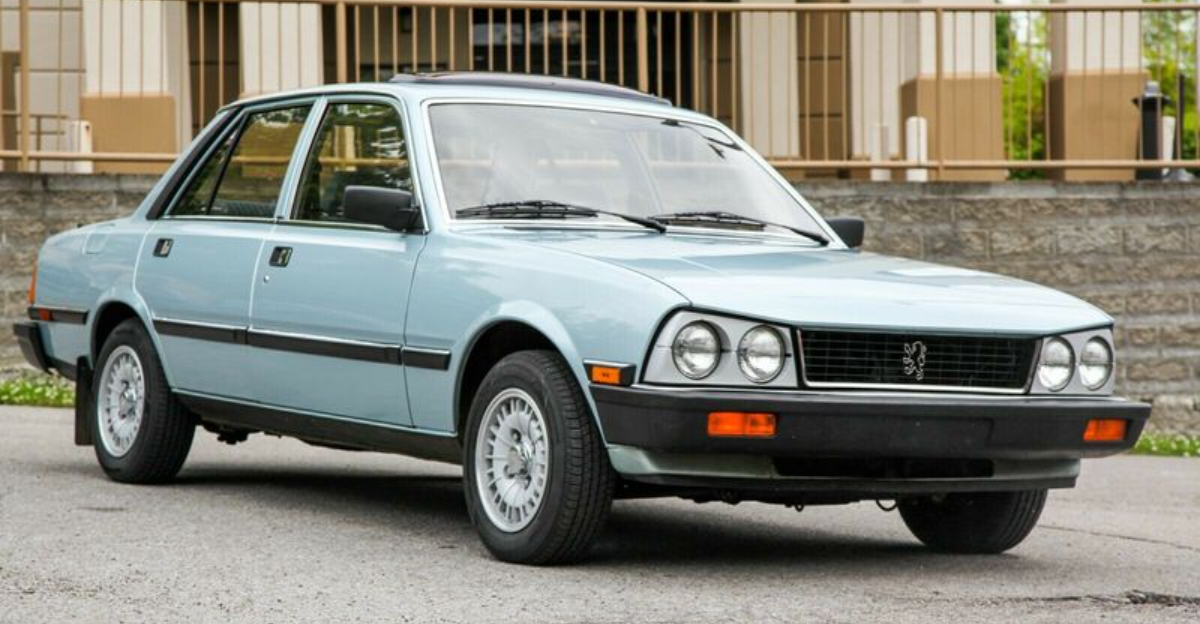
Ever had that sinking feeling when your car refuses to start right before an important meeting? Some vehicles seem programmed to fail at the worst possible moments.
From faulty transmissions to electrical gremlins that appear out of nowhere, these automotive disappointments have left countless owners stranded on roadsides and emptied wallets nationwide.
Buckle up as we explore twenty notorious four-wheeled heartbreakers that have crushed dreams and bank accounts alike.
1. Fiat 500L
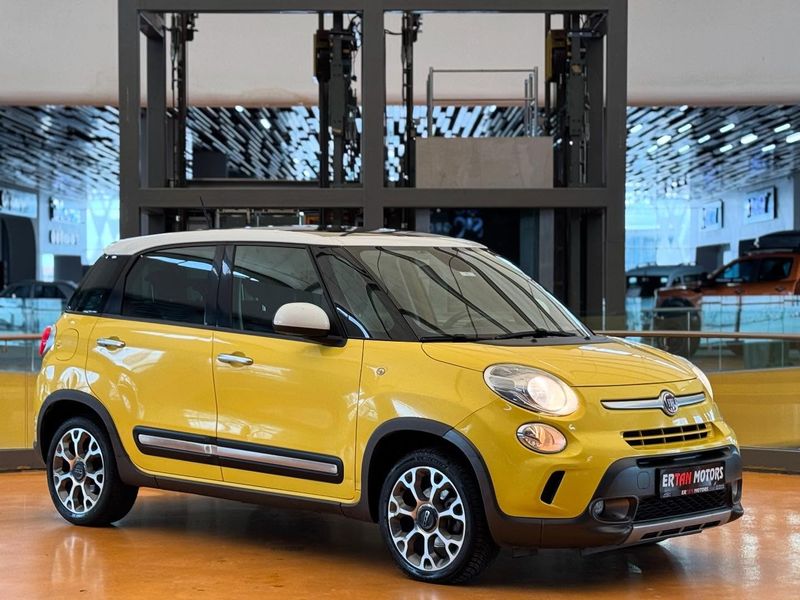
Behind that cute Italian facade lurks a mechanical nightmare that’s anything but adorable. Consumer Reports consistently ranked the 500L among the least reliable vehicles on the market.
Electrical problems plague these little gremlins, with owners reporting dead batteries, malfunctioning infotainment systems, and mysterious warning lights that technicians can’t decipher.
The transmission jerks harder than a teenager learning to drive stick shift for the first time.
2. Chrysler Sebring
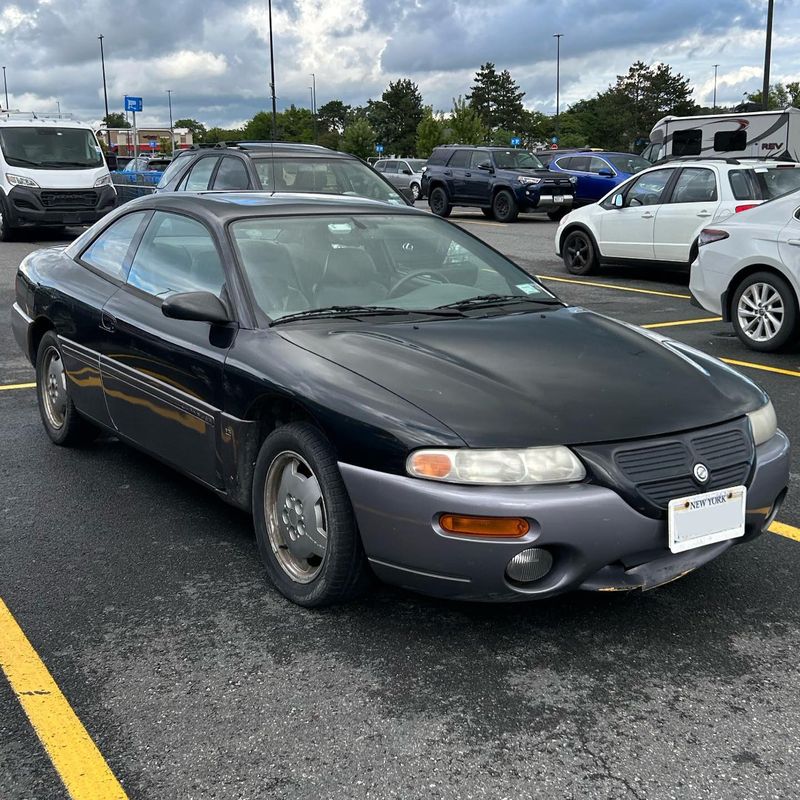
Remember that mediocre sedan from the early 2000s with interior plastics that felt cheaper than dollar store toys?
Chrysler somehow convinced thousands of Americans to actually purchase what most people only experienced as punishment at rental car counters.
Notorious for oil sludge issues that destroyed engines prematurely, the Sebring also featured leaky tops on convertible models and electrical systems apparently designed by sadistic engineers.
Even Chrysler seemed embarrassed, eventually putting this rolling disappointment out of its misery.
3. Dodge Caliber
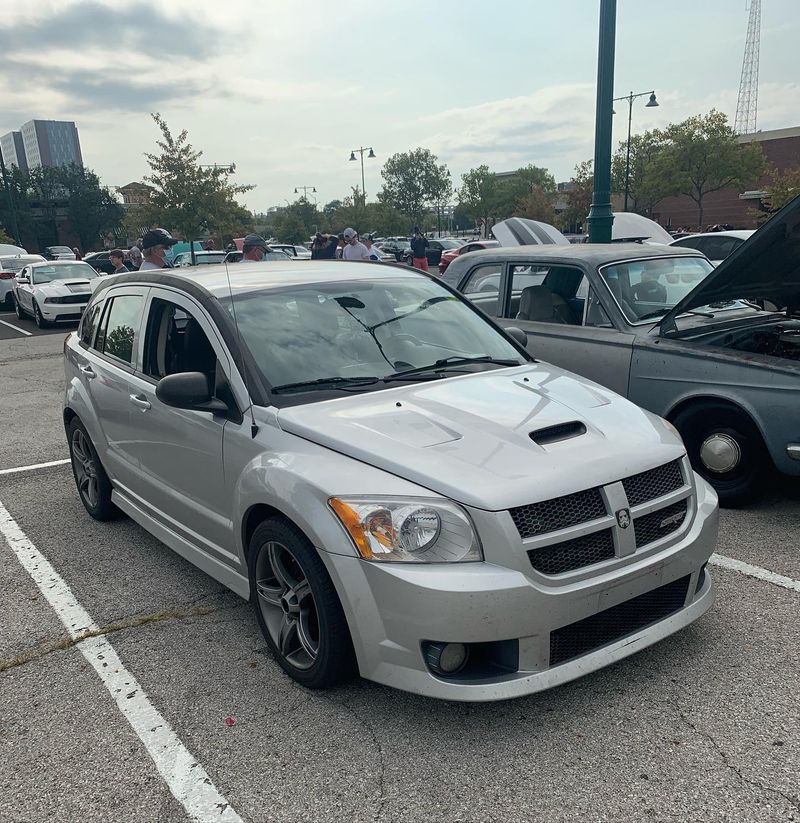
Squinting headlights and a scowling grille couldn’t disguise this rolling penalty box’s true nature.
Dodge’s attempt at an economy car resulted in something that felt more like automotive detention.
Powered by an asthmatic engine mated to a continuously variable transmission that seemed perpetually confused, the Caliber delivered dismal fuel economy despite its underwhelming performance.
Interior materials appeared sourced from recycled lunch trays, while build quality suggested assembly during a power outage.
4. Pontiac Aztek
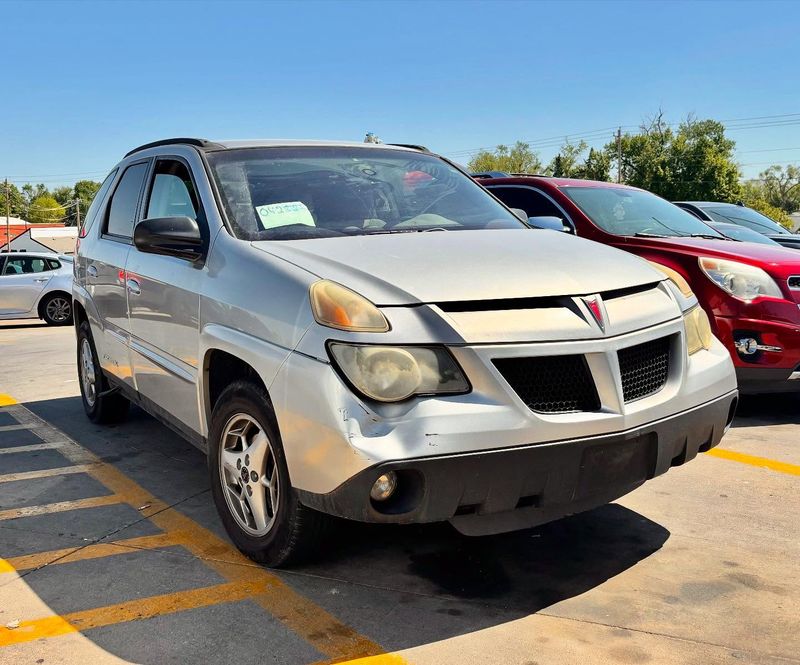
Before Walter White made it ironically cool, the Aztek served as automotive evidence that committees shouldn’t design cars.
Its bizarre proportions and plastic-clad exterior looked like different design teams worked on each section without communicating.
Beyond its famously hideous appearance lurked mechanical and electrical gremlins that made ownership as painful as being seen driving one.
Leaky sunroofs, failing transmissions, and interior bits that detached themselves became Aztek signatures.
5. Chevrolet Aveo
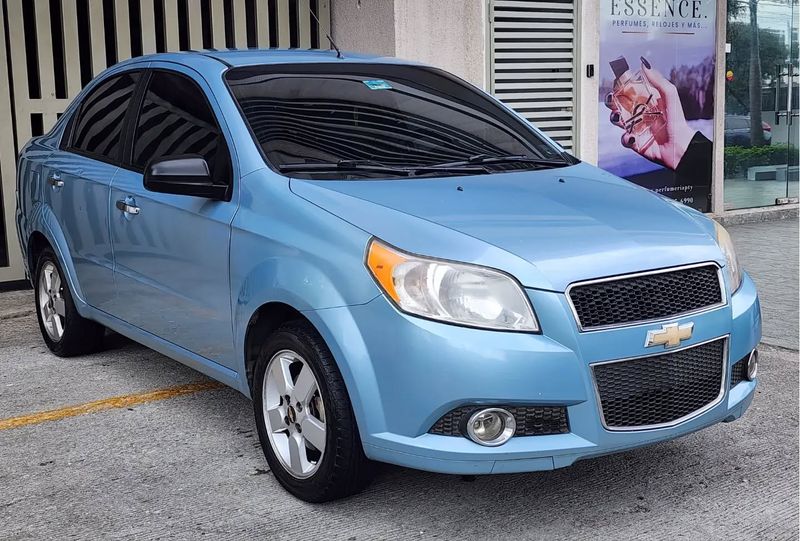
Marketing promised affordable transportation, but owners quickly discovered the real cost was their dignity and peace of mind.
This rebadged Daewoo delivered third-world build quality to American driveways.
Paper-thin sheet metal dented if you looked at it wrong, while interior plastics cracked in normal temperature changes.
The anemic engine struggled to maintain highway speeds, yet somehow still managed disappointing fuel economy. Rust appeared with supernatural speed, sometimes seemingly before leaving the dealership.
6. Nissan Juke
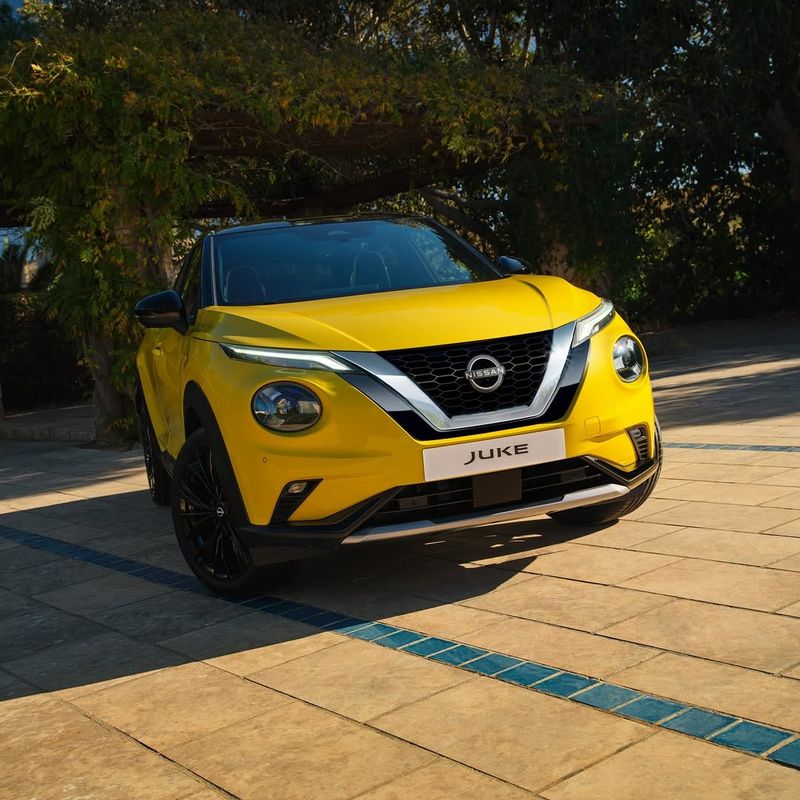
Styled like something from a sci-fi movie where humans lost the war, the Juke’s bizarre appearance was actually its most redeeming quality.
Once the novelty wore off, owners discovered the true horror lurking beneath.
Cursed with one of the most failure-prone CVT transmissions ever manufactured, many Jukes didn’t see their fifth birthday before requiring multi-thousand-dollar replacements.
Cramped interiors and poor visibility completed the trifecta of regret that defined ownership.
7. Mitsubishi Mirage
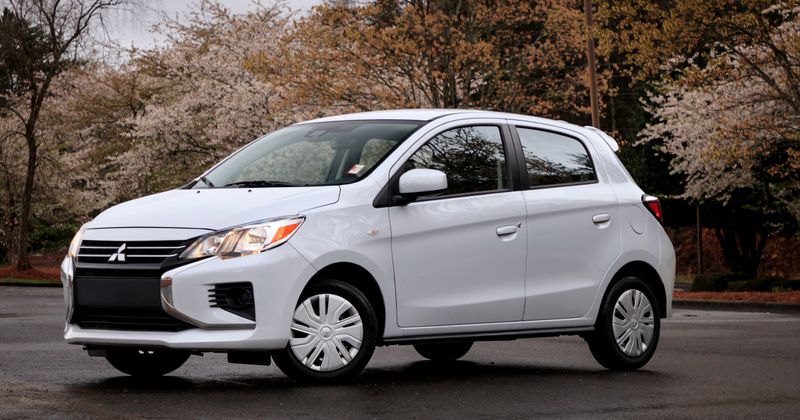
Automotive journalists ran out of synonyms for “terrible” reviewing this rolling monument to cost-cutting.
Purchasing a Mirage new required ignoring literally every other option on the market, including slightly used cars of any make.
The three-cylinder engine vibrates like it’s powered by angry bees, while highway driving feels like a near-d**th experience as the car struggles against physics.
Interior noise levels approach those of a rock concert, though without any of the enjoyment.
8. Jeep Compass (First Gen)
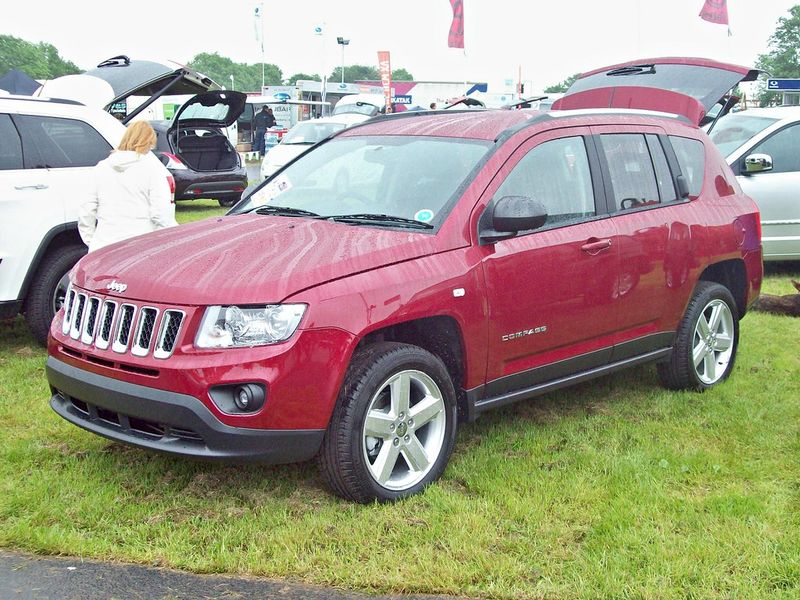
Jeep slapped its revered badge on what amounted to a raised Dodge Caliber and hoped nobody would notice. They did.
The first-generation Compass betrayed everything the Jeep brand stood for while delivering none of the reliability people actually want.
Cursed with a CVT transmission that failed with alarming regularity, many Compass owners became unwilling experts in transmission replacement costs.
Electrical gremlins, interior parts that detached themselves, and rust issues completed the misery package.
9. Ford Pinto
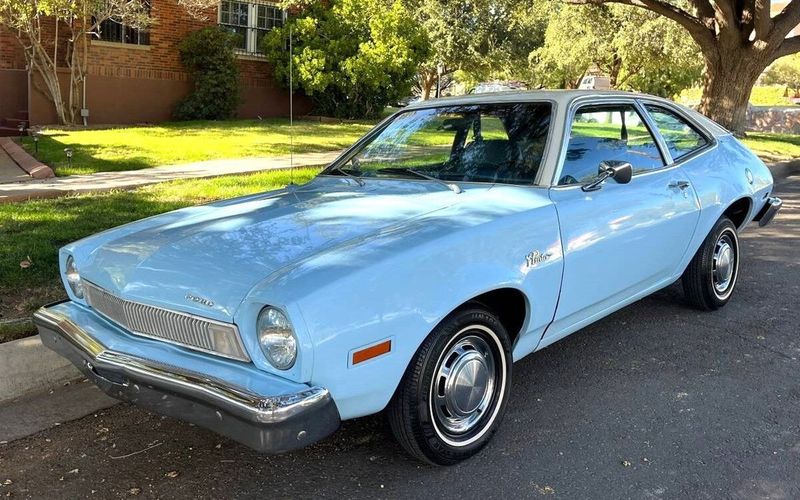
Forget reliability issues – the Pinto achieved automotive infamy by turning fender benders into potential cremations.
Ford’s cost-benefit analysis infamously determined fixing the exploding gas tank design would cost more than paying settlements for burn victims.
Beyond its tendency to transform into a fireball when rear-ended, the Pinto offered a cornucopia of additional problems.
Rust consumed body panels at supernatural speed, engines leaked like sieves, and transmissions failed with impressive regularity.
10. Yugo GV
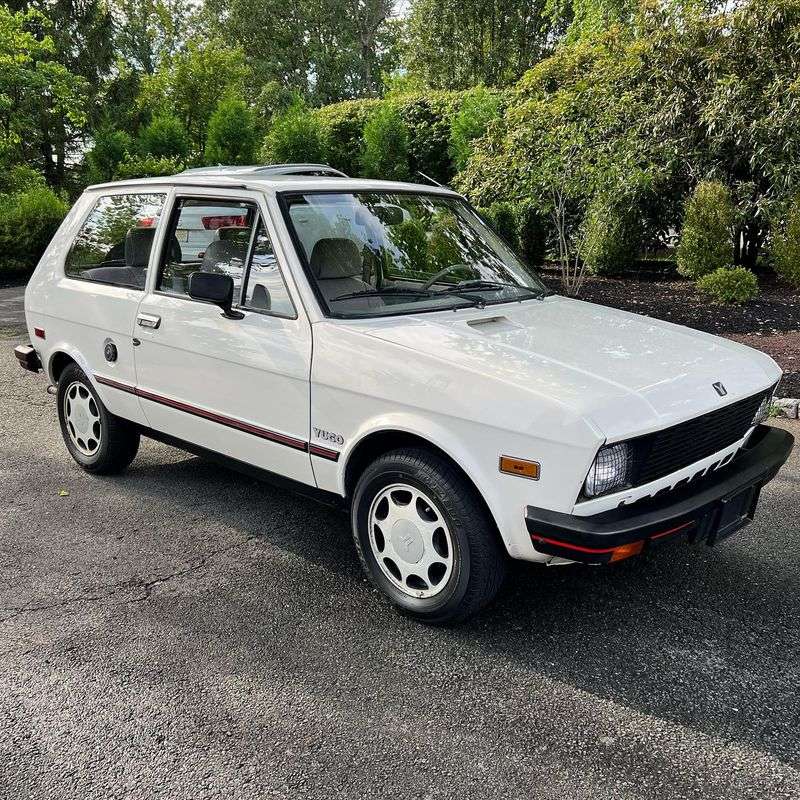
Priced like a bargain at $3,990 in the 1980s, the Yugo quickly taught Americans why it was actually the most expensive car per mile ever sold.
Yugoslav engineering brought Cold War quality to American roads, with cars sometimes failing before leaving the dealership lot.
The tiny 55-horsepower engine seemed allergic to starting in damp weather. Electrical systems appeared designed by someone who’d only heard about electricity theoretically.
One famous Yugo owner’s manual supposedly advised owners to keep a hammer in the glove box for persuading reluctant parts.
11. Kia Rio (Early Models)
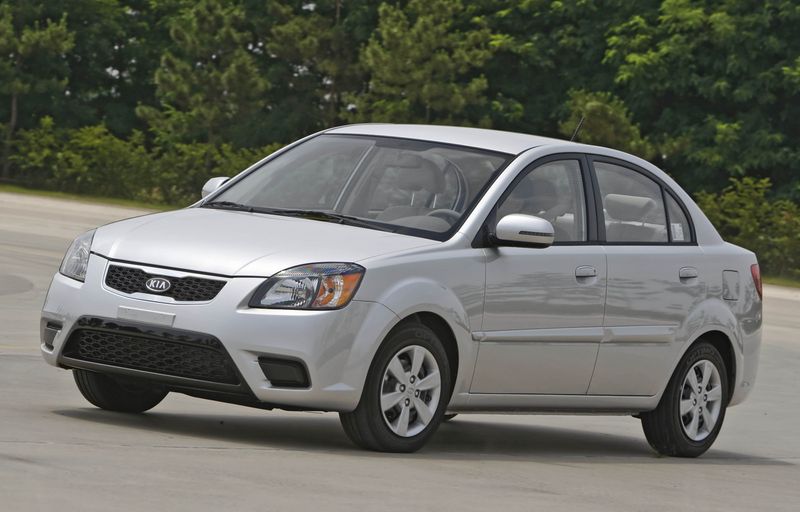
Before Kia became a legitimate automotive contender, they produced the early Rio – a car that made owners question every life decision leading to its purchase.
Sold purely on price, it delivered exactly what you’d expect from the cheapest new car in America.
Engines had shorter lifespans than fruit flies, while transmissions seemed made from materials that melted under stress.
Interior components competed to see which could break first. The paint and thin body panels surrendered to rust after the first winter.
12. Hyundai Excel
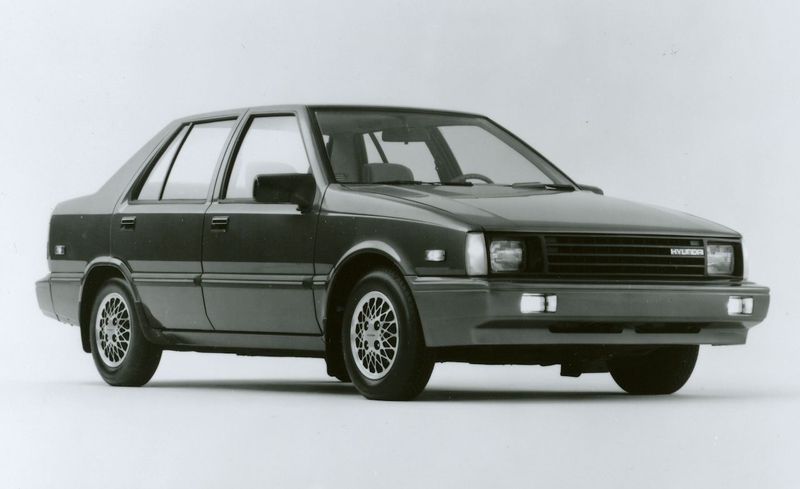
Hyundai’s American debut proved that rock-bottom prices come with subterranean quality.
The Excel excelled only at disappointing its unfortunate owners, who quickly learned the true cost of saving a few thousand on the purchase price.
Engines seized with alarming regularity, often before reaching 50,000 miles. Transmissions failed so commonly that mechanics could replace them blindfolded.
Electrical gremlins multiplied faster than rabbits, creating new and exciting failures weekly.
13. Saturn Ion
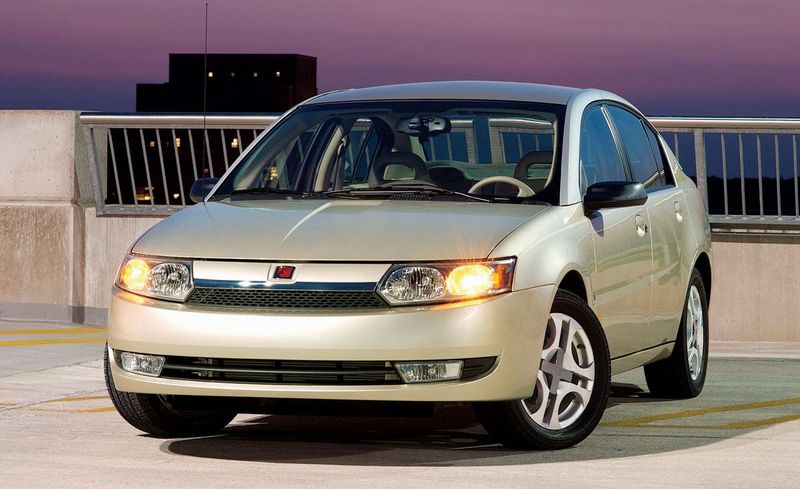
Saturn promised a different kind of car company, but the Ion delivered the same old GM disappointments wrapped in polymer body panels.
Those dent-resistant panels proved to be the Ion’s only redeeming quality. Cursed with the notorious Delta platform, Ions featured steering so numb it might as well have been optional equipment.
The ignition switch debacle that could shut off engines while driving became a deadly legacy. Interior quality suggested GM sourced materials from dollar stores during a clearance sale.
14. Suzuki Reno
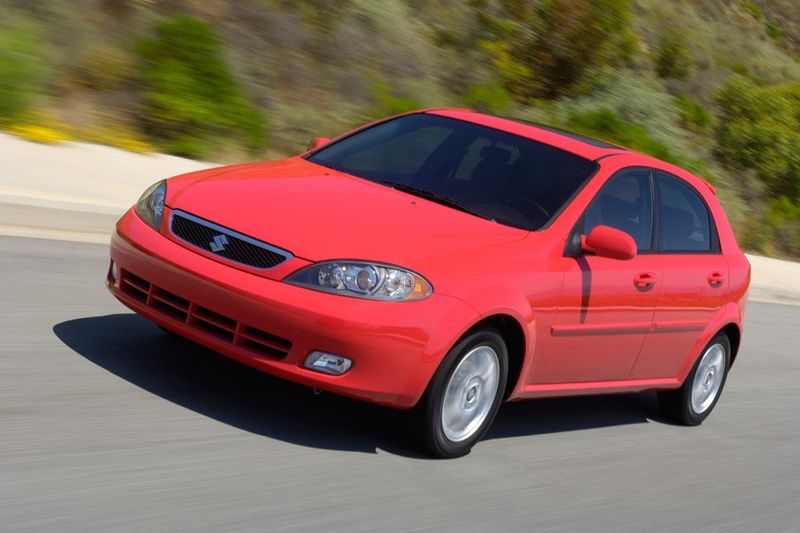
Most people have forgotten the Suzuki Reno existed, including Suzuki themselves, who retreated from the American car market partly due to forgettable failures like this.
Actually a rebadged Daewoo, the Reno combined Korean build quality with Japanese abandonment issues. Electrical problems became so common that owners considered functioning windows a luxury feature.
The interior was assembled with what appeared to be temporary adhesive, as pieces would detach during normal driving. Engines burned oil faster than gas on high-mileage examples.
15. Dodge Neon
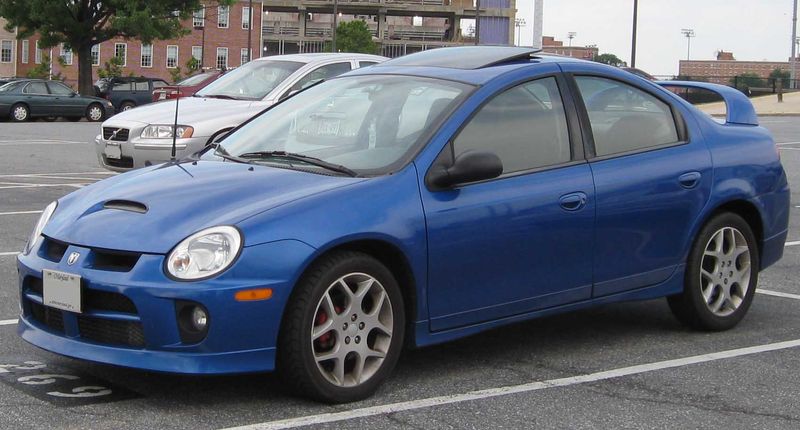
That cute, smiling front end masked a vehicle seemingly engineered to self-destruct shortly after the warranty expired.
First-generation models became famous for head gasket failures – not as a possibility but as an inevitability.
Owners joked that Neons came from the factory with oil leaks as standard equipment. Automatic transmissions rarely saw 100,000 miles without major rebuilds.
Interior trim pieces detached themselves with such regularity that many owners just stopped replacing them.
16. Volkswagen Routan
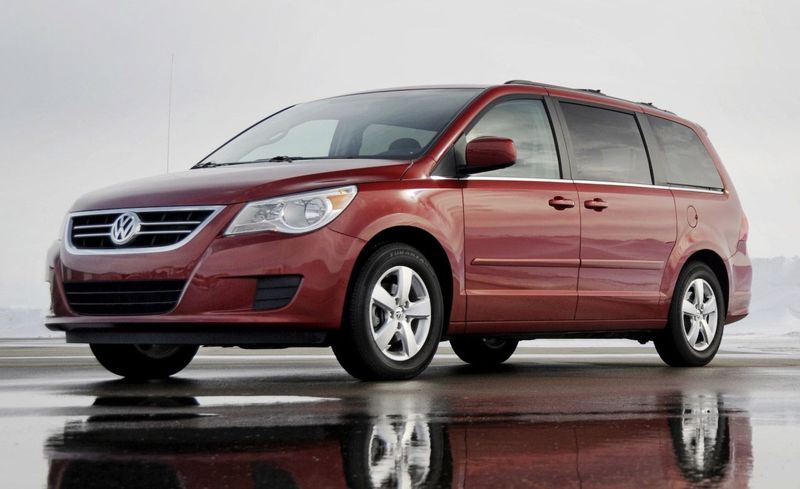
Volkswagen’s brief, awkward attempt at minivan relevance involved slapping VW badges on a Chrysler Town & Country and hoping nobody would notice.
They did. The Routan combined German pricing with Chrysler reliability – possibly the worst automotive combination imaginable.
All the Chrysler minivan problems came standard, including transmission issues, electrical gremlins, and interior quality that wouldn’t pass muster in a Power Wheels.
VW dealers, unfamiliar with Chrysler parts, often struggled to fix the multitude of issues that arose.
17. Smart ForTwo
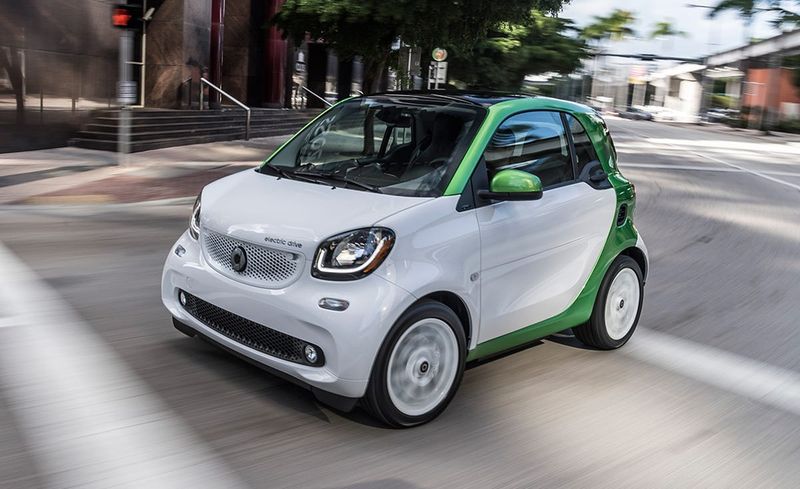
Tiny parking footprint, tiny fuel tank, and tiny reliability scores defined this automotive anomaly. The Smart car promised European efficiency but delivered headaches in a fun-sized package.
The automated manual transmission jerked like it was learning to drive itself, causing passengers to develop what owners called “Smart whiplash.”
Despite its diminutive size and engine, fuel economy proved disappointingly ordinary. Repair costs were anything but small, with specialized parts and labor turning minor issues into major expenses.
18. Land Rover Freelander
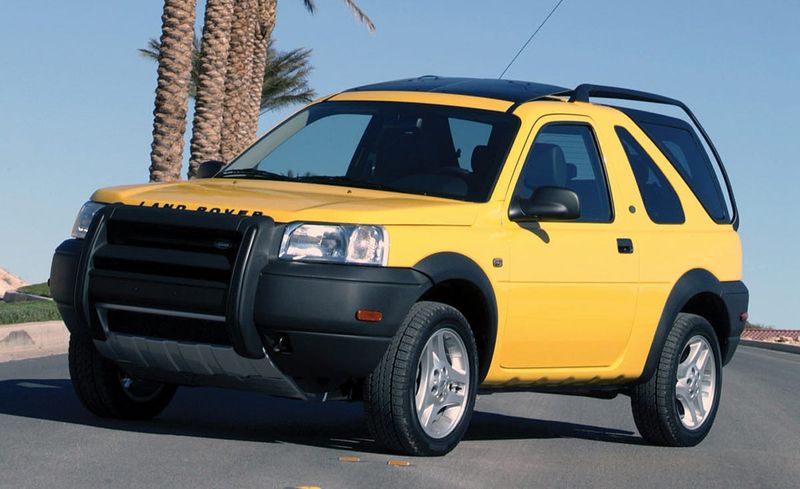
Land Rover combined legendary off-road capability with legendary repair bills in this compact SUV disaster.
First-generation Freelanders spent so much time in repair shops that many owners developed first-name relationships with their mechanics.
Head gasket failures became a rite of passage, typically occurring just after warranty expiration.
Electrical systems appeared designed by mischievous poltergeists, creating random failures that defied diagnosis.
Transmission and transfer case issues completed the wallet-emptying experience that defined Freelander ownership.
19. Renault Alliance
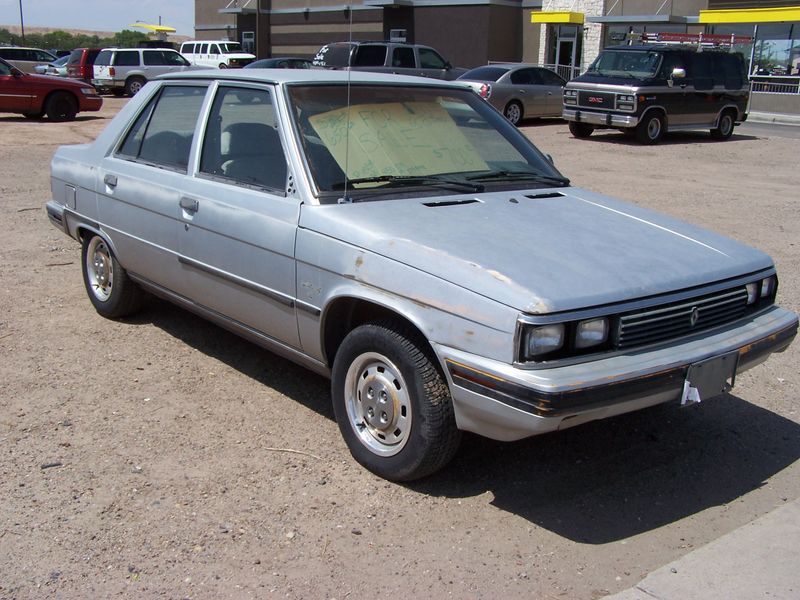
Born from the unholy partnership between AMC and Renault, the Alliance combined the worst of American and French engineering.
Somehow named Motor Trend’s Car of the Year in 1983, owners quickly discovered they’d been sold a lemon with a fancy accent.
Rust appeared with such enthusiasm that some owners reported it spreading visibly during rainstorms. Electrical problems made ownership a constant adventure in roadside troubleshooting.
Engines and transmissions competed to see which could fail first, though rust usually consumed the car before either could claim victory.
20. Peugeot 505
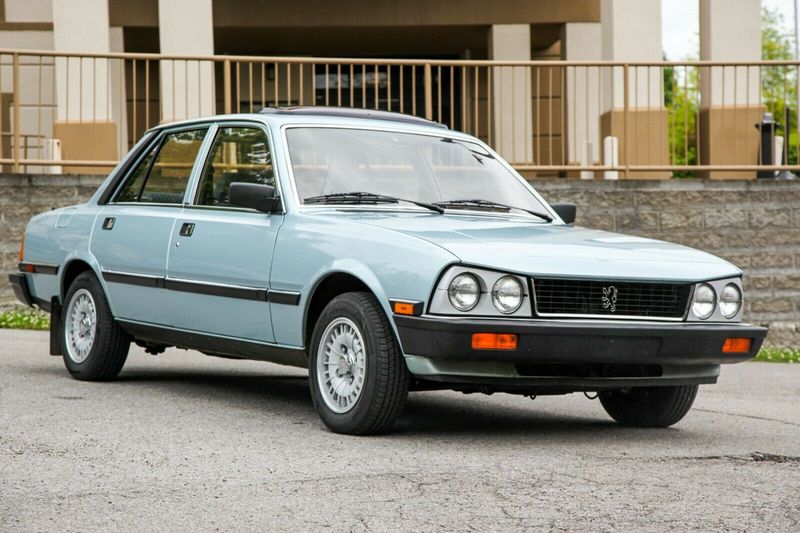
French styling couldn’t compensate for the mechanical temperament that made the 505 a rolling Gallic shrug of indifference.
Peugeot seemed to view reliability as an optional feature that most customers could live without.
Electrical systems appeared designed by surrealist painters rather than engineers, creating failures that defied conventional diagnosis.
The complex fuel injection systems frequently went out of adjustment, causing stalling, hard starting, and poor performance.
Finding mechanics willing to work on them became nearly as challenging as finding parts.
21. Subaru Baja
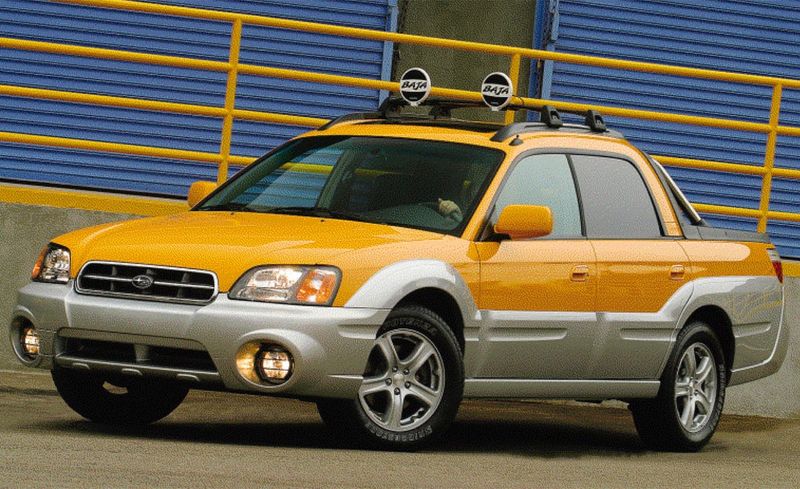
Half truck, half car, and fully disappointing! Launched in 2003 as Subaru’s answer to a question nobody asked, the Baja combined sedan comfort with pickup utility—and delivered neither.
Owners quickly discovered its tiny bed couldn’t haul much more than a couple of grocery bags, while the underpowered engine struggled on even modest hills.
The plastic body cladding cracked in cold weather, and the electrical gremlins multiplied faster than rabbits.
Fun fact: Subaru expected to sell 24,000 Bajas annually but barely moved 30,000 total over four years before mercifully pulling the plug.
22. Daewoo Lanos

Remember the 90s TV commercials with those cheerful people shouting “Daewoooo!”? Turns out they were actually screaming in terror.
This Korean econobox entered the American market with bargain basement pricing and left with a legacy of mechanical nightmares.
Timing belts snapped with alarming regularity around 30,000 miles. Electrical systems seemed designed by mischievous poltergeists, randomly activating wipers during sunny days or destroying headlights on dark roads.
When Daewoo’s automotive division collapsed in 2002, owners found themselves with worthless warranties and impossible-to-find parts. Even junkyard owners started refusing them!
23. Chrysler PT Cruiser
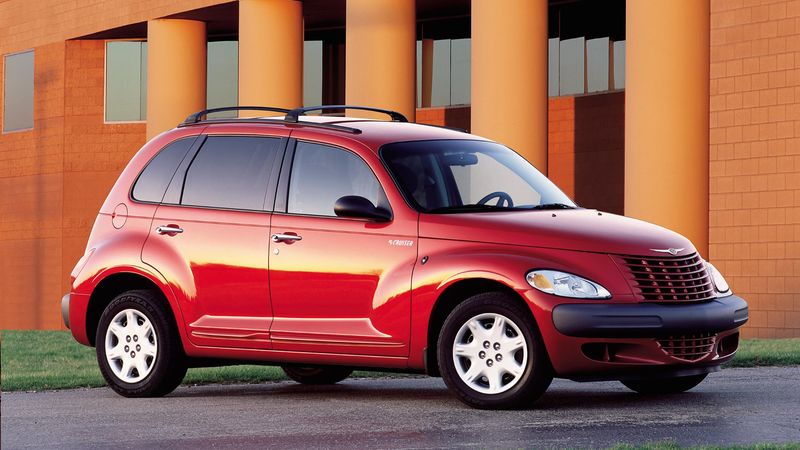
Arriving with more hype than a superhero movie, the PT Cruiser’s 1930s gangster styling turned heads when it debuted in 2000. Unfortunately, those heads soon hung in shame at repair shops nationwide.
Cooling system failures became so common that some owners kept jugs of coolant in their trunks as standard equipment.
Timing belts surrendered without warning, interior plastic pieces detached themselves during normal driving, and mysterious electrical issues plagued even well-maintained examples.
Most embarrassing was the notorious “d**th wobble” – a steering shimmy at highway speeds that made drivers feel like they were riding a mechanical bull down the interstate.
24. Cadillac Catera
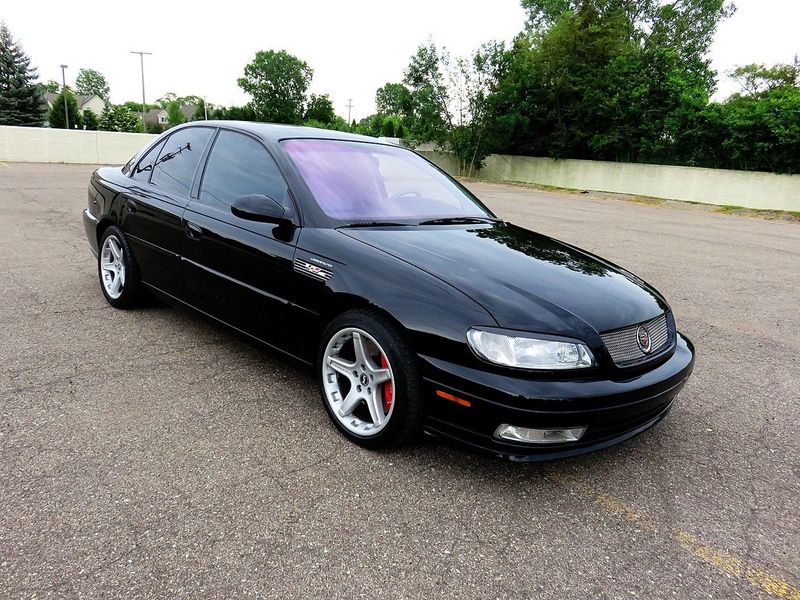
“The Caddy That Zigs” marketing campaign promised European handling with American luxury. What buyers actually got was German engineering problems at American luxury prices!
This rebadged Opel Omega became a cautionary tale in automotive history. Catastrophic timing chain failures destroyed engines before 50,000 miles.
Transmission control modules committed electronic suicide without warning. The air conditioning system seemed personally offended if asked to produce cold air in summer.
Dealers often lacked properly trained technicians for this German-American hybrid, resulting in misdiagnosed problems and repeat repair visits.
25. Ford Aspire
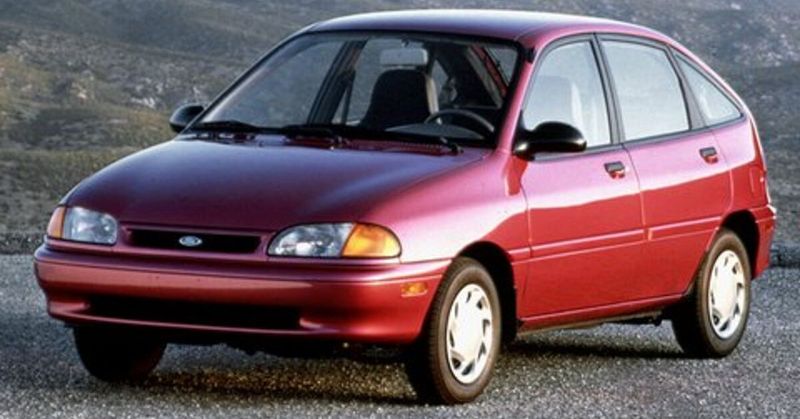
Tiny, tinny, and tragically underpowered, this misnamed microcar aspired to nothing except disappointing its budget-conscious owners.
Built by Kia for Ford in the mid-90s, this automotive jellybean combined the worst aspects of American and Korean engineering.
Acceleration was theoretical rather than actual – merging onto highways became white-knuckle prayer sessions.
Rust appeared with supernatural speed, sometimes before the first oil change. The air conditioning compressor had a peculiar talent for self-destruction, taking out other components when it went.
26. Chevrolet Cobalt
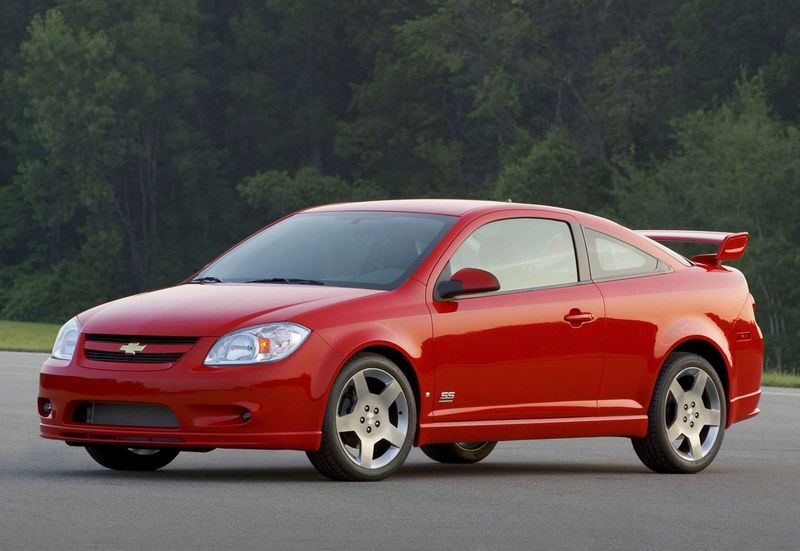
Before it became infamous for deadly ignition switch failures, the Cobalt was already building a reputation for mediocrity and mechanical mischief.
Designed as GM’s compact contender, it instead became a masterclass in cost-cutting consequences.
Power steering systems failed so regularly that owners developed forearm muscles worthy of arm-wrestling champions.
Water leaks through poorly sealed windows created interior swimming pools during rainstorms. The cheap plastic interior panels warped and discolored faster than ice cream melts in July.
27. Isuzu Axiom
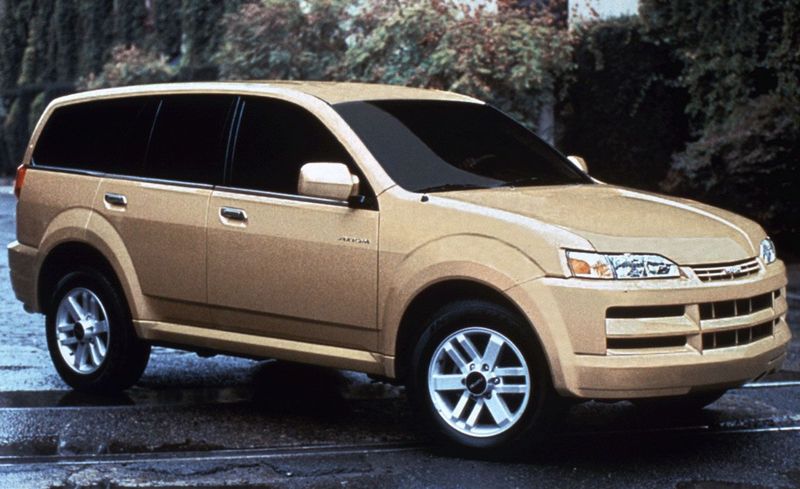
Named after a self-evident truth, the Axiom ironically delivered a painful truth to its owners: some vehicles are born to break.
This oddly styled SUV combined aggressive looks with aggressive unreliability during its brief 2002-2004 production run.
Transmission failures at low mileage became so common that some owners reported their vehicles spending more time at dealerships than in their driveways.
The sophisticated “Torque-On-Demand” 4WD system had a special talent for demanding immediate towing when it inevitably failed.
28. Jaguar X-Type
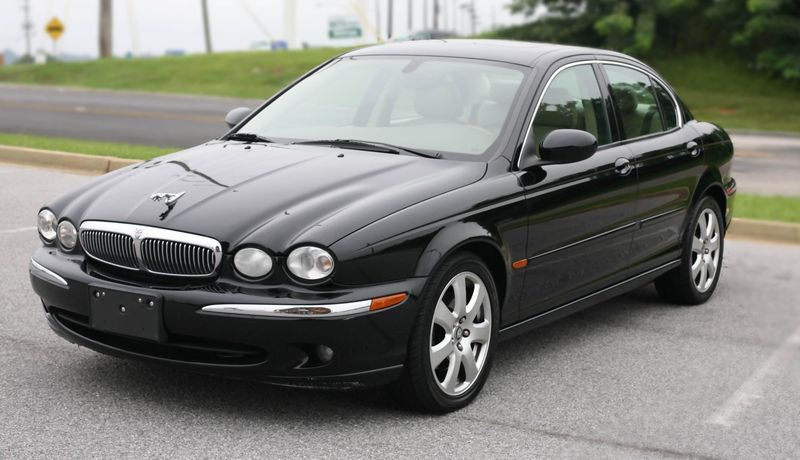
Jaguar’s attempt to create an entry-level luxury sedan by building it on a Ford Mondeo platform resulted in a vehicle with Ford reliability problems at Jaguar repair prices.
This unholy matrimony of brands fooled exactly nobody. Electrical systems behaved like haunted houses, randomly activating features or shutting down essential systems without warning.
The all-wheel-drive system had a special talent for expensive failures just after warranty expiration.
Interior trim pieces detached themselves as if attempting escape from a sinking ship. Dealers charged premium rates to diagnose problems they often couldn’t fix.
29. Scion iQ
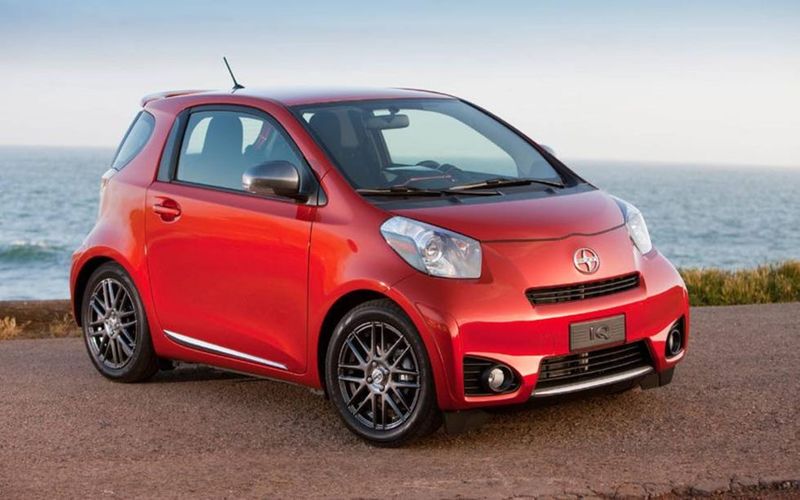
Measuring just 10 feet long, this microcar packed a macro-sized list of problems.
Owners complained about everything from transmission shudders to mysterious electrical issues that would randomly drain the battery overnight.
Despite Toyota’s reputation for reliability, this little oddball missed the memo.
The cramped interior made sardine cans look spacious, while the rear seats were basically decorative – unless your passengers were actually backpacks.
Production mercifully ended in 2015, but these automotive disappointments still occasionally appear on used car lots, tempting unsuspecting buyers with their cute faces and low prices. Don’t be fooled!
30. Lincoln Blackwood
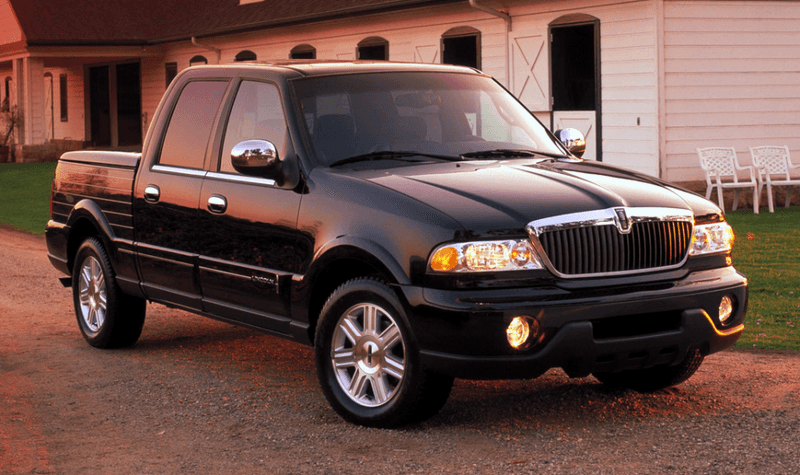
Ford’s bizarre experiment lasted just one model year (2002) before being put out of its misery.
Imagine combining a Navigator’s front end with a tiny, carpeted truck bed covered by a power-operated tonneau that frequently jammed.
Adding insult to injury, this “truck” couldn’t actually truck – it was rear-wheel drive only, had a pathetic towing capacity, and that fancy bed?
Completely lined with carpet and stainless steel, making it utterly useless for hauling anything dirty. Only 3,356 were sold before Lincoln pulled the plug, yet somehow that still seems like 3,355 too many.
31. Mercury Capri
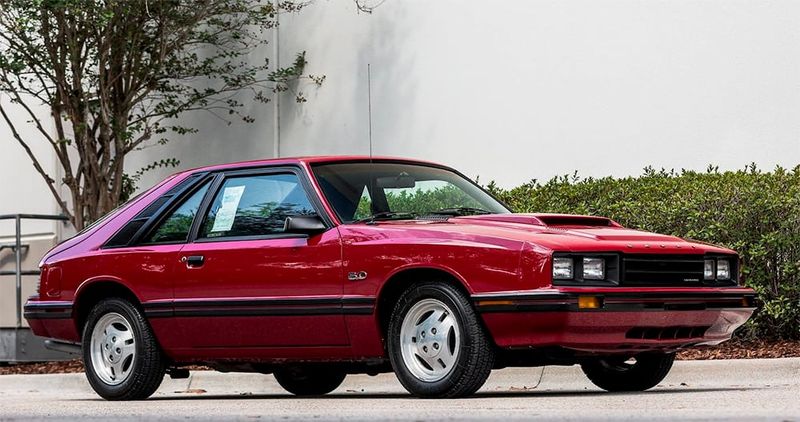
Forget about Mercury’s cool 1970s Capri – we’re talking about the 1991-1994 abomination that arrived from Australia.
This sad little convertible was supposed to compete with Mazda’s Miata but ended up competing with umbrellas instead.
Water intrusion wasn’t a possibility; it was a guarantee. The flimsy top leaked so consistently that owners kept towels in the car as standard equipment.
Electrical gremlins multiplied after each rainfall, creating a frustrating game of “which feature won’t work today?”
32. Mazda CX-7

Whoever designed the CX-7’s cooling system clearly thought engine fires added excitement to everyday driving.
This crossover’s 2.3-liter turbocharged engine became notorious for overheating, blowing turbochargers, and developing carbon buildup that would choke performance faster than you could say “lemon law.”
The timing chain had an annoying habit of stretching prematurely, creating a terrifying d**th rattle from under the hood.
Meanwhile, the variable valve timing actuators failed with such regularity that Mazda mechanics could install them blindfolded.
33. Saab 9-5 (Late Models)
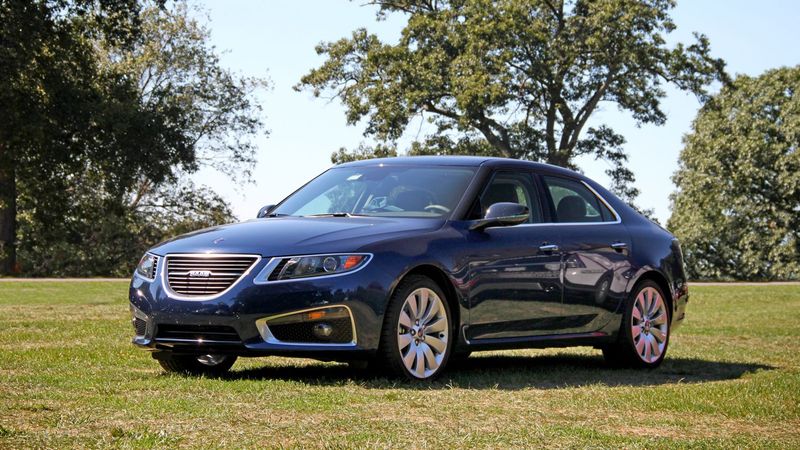
The final generation 9-5 was actually gorgeous – sleek, distinctive, and packed with innovative features.
Too bad it arrived just as Saab was circling the corporate drain, ensuring parts would become unobtanium within years.
Born during General Motors’ mismanagement and finished under Spyker’s brief ownership, these cars suffered from catastrophic electrical issues.
Dashboard displays would randomly black out, leaving drivers guessing their speed while computer modules failed with impressive regularity.
Finding someone who knows how to fix one is harder than finding a unicorn mechanic.
34. Mini Cooper (Early Models)
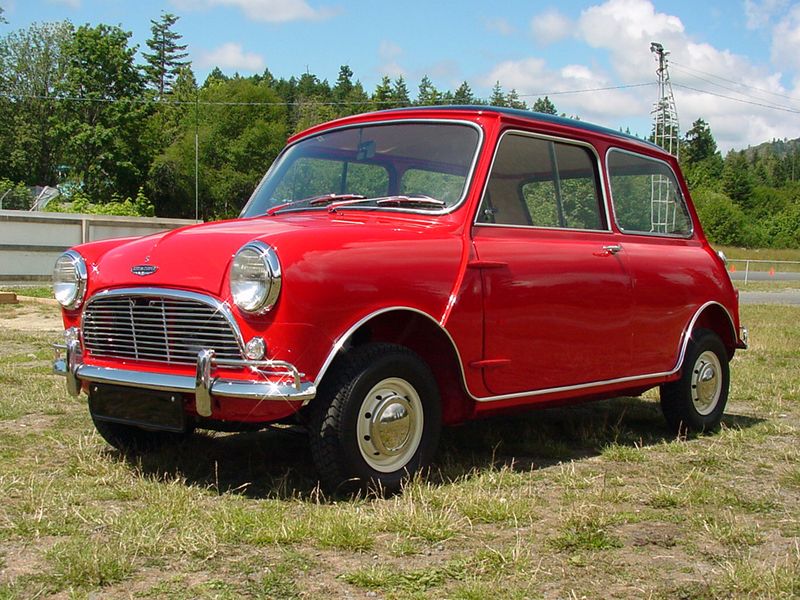
When BMW resurrected the Mini brand in 2002, they created a car with all the reliability of 1970s British Leyland products but at premium German prices.
The supercharged engines in Cooper S models had self-destructing supercharger oil lines that caused catastrophic failures without warning.
Power steering pumps failed so routinely that owners started carrying spares in the trunk. Transmission problems?
You bet! Both manual and automatic gearboxes seemed designed to disintegrate just after the warranty expired.
35. Buick Terraza
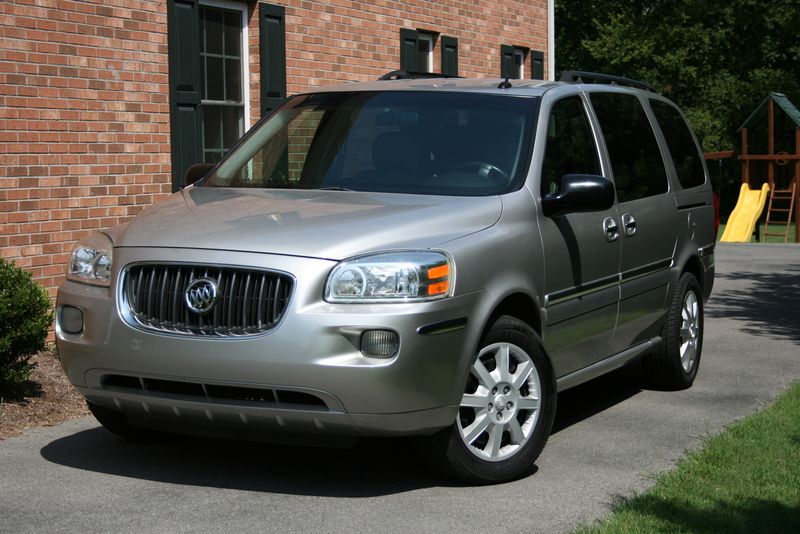
General Motors’ desperate attempt to disguise a minivan as an SUV resulted in this bizarre contraption with an elongated nose that served no functional purpose.
The extra length didn’t provide more storage – it just made parking more difficult while reducing crash protection.
Electrical problems plagued these vehicles from day one. Power sliding doors would randomly refuse to close, trapping occupants in an embarrassing game of “how do I manually force this thing shut?”
The DVD entertainment systems failed with such regularity that kids learned to bring books instead.
Transmission issues typically appeared around 80,000 miles, right when owners thought they might actually keep their Terraza.
36. Oldsmobile Alero

Nothing says “our brand deserves to d*e” quite like the Alero. Cheap plastic interiors cracked and warped in normal sunlight, while the infamous Dex-Cool coolant slowly dissolved intake gaskets, ensuring dramatic highway breakdowns.
Dashboard warning lights illuminated in creative combinations that mechanics interpreted like ancient runes.
The “check engine” light wasn’t a warning – it was a standard feature. Paint peeled off in sheets, giving these cars a distinctive “partial sunburn” appearance that announced your poor life choices to everyone.
37. Suzuki Verona

Few remember this midsize sedan, which is a blessing for everyone involved.
Behind its forgettable styling lurked a bizarre engineering choice: an inline-six engine mounted transversely (sideways) in the engine bay, creating a maintenance nightmare and terrible weight distribution.
This Daewoo-designed, Suzuki-badged oddity suffered from catastrophic engine failures due to oil starvation issues.
The power steering pumps leaked more fluid than they circulated, creating slick spots wherever owners parked.
Consumer Reports gave it their lowest reliability rating, yet somehow that still seemed generous.
38. Dodge Journey
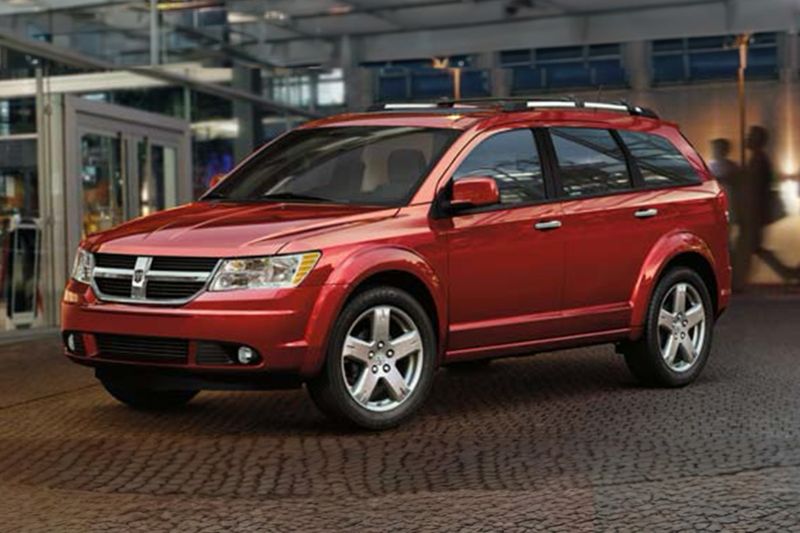
Imagine if mediocrity and disappointment had a baby – you’d get the Dodge Journey.
Introduced in 2009 and somehow still sold until 2020 with minimal updates, this rolling relic featured ancient technology wrapped in bargain-basement materials.
The early models came with a four-speed automatic transmission when competitors offered six speeds.
The V6 engine burned oil like it was getting a commission, while the brakes wore out faster than children’s shoes.
Interior pieces didn’t just break – they disintegrated, leaving mysterious plastic shards under the seats. Dodge kept selling them by offering desperate financing to buyers with credit scores lower than their IQ.
